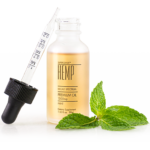Pure Hemp Extract Oil:
How It’s Grown, Extracted, and Formulated
SHARE:
- December 13, 2020
- at 9:14 pm
- | by SUPERGANIX
With all the popularity of CBD and its many uses, people are becoming more interested in the whole process hemp goes through to become a health and wellness product.
As laws change in favor of cannabis and natural remedies become more readily available, the world is again turning to botanicals to help solve its growing problems.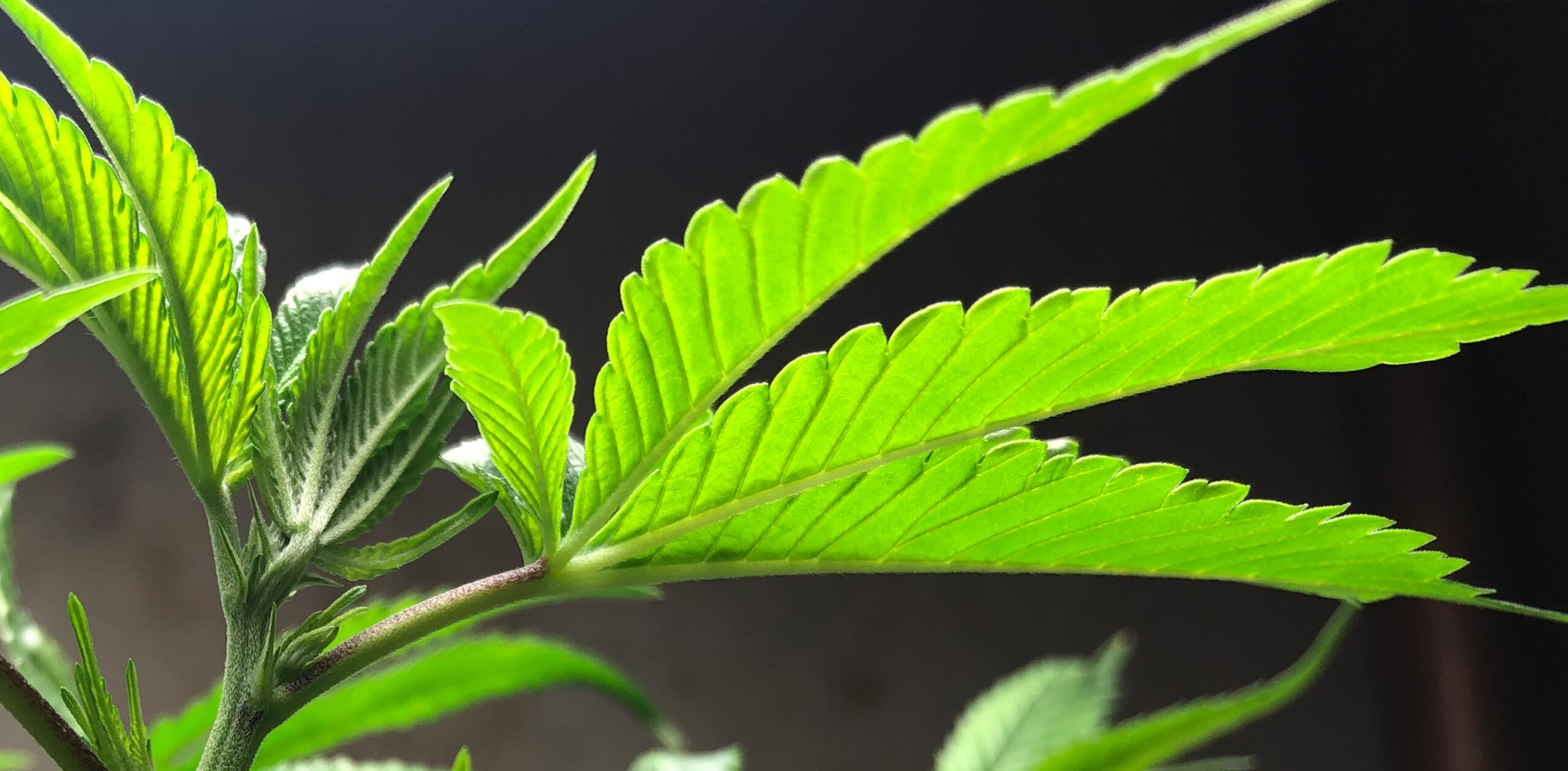
What is Pure Hemp Extract?
Here is a quick reference to help you better understand the difference between the two:
- CBD = Non-psychoactive, can reduce anxiety and be a powerful anti-inflammatory
- THC = Psychoactive, causes the “high” feeling, increases appetite, aids in sleep
A Brief History of Hemp
- •8,000 BCE–900: Traces of hemp found by archaeologists worldwide used as medicines, food, rope, clothing, paper, and more
- •1535: King Henry VIII fined farmers who weren’t growing hemp
- •1549: Cannabis brought to South America
- •1616: Hemp comes to America through Jamestown, Virginia, and used to make ropes, sails, and clothing
- •The 1700s–1840: American farmers required by law to grow hemp; Abraham Lincoln and many homes use hemp seed oil in lamps
- •1916–1957: The USDA states that hemp produces more paper than trees; the “Hemp for Victory” program begins
- •1970: The Controlled Substances Act classifies hemp as an illegal drug and imposes regulations on industrial hemp
- •2018–Now: Restrictions have begun to lift and hemp farming has started to come back to the United States; an amendment to the Agricultural Improvement Act, known as the “Farm Bill,” removes the hemp plant and all of its parts/byproducts from the Controlled Substances Act
How Hemp is Grown, Harvested, Extracted, and Formulated
While hemp farming has many similarities to traditional ways, it also has several differences from other crops. Due to its use for health and wellness, it’s essential to understand the process before arriving into consumers hands. This reference guide will help you better understand and appreciate what the hemp plants undergo to create the high-quality pure hemp extract oil used in the best products on the market.
How Hemp is Grown
Growing hemp is a fairly easy process considering its “weed-like” tendencies. It can be grown indoors or outdoors, and typically likes a more acidic soil between 5.5 – 6.5 pH. Hemp also acts as a bioremediator and cleans harmful toxins out of the soil. And Naturally, it’s a pest-resistant plant that requires less water to harvest than other conventional crops.
Before planting any hemp seeds be sure the genetics contain less than >0.3% THC. per the 2018 Farm Bill.
This overview can help you understand the growing process:
- •The growing conditions need to be just right. Before starting, consider getting your soil tested to ensure it’s the right quality for optimal crop growth
- •Be sure to plant your seeds at least two weeks after the last frost in the spring
- Sow the seeds at least five feet apart from one another and 2-3” inches deep in the soil. Gently roll the dirt back on top and water well.
- •Seeds need to be irrigated well, especially in the first two to four weeks while they are starting to grow
- •Hemp typically grows from seed to mature plant in 3–4 months and is harvested in the fall months
- •Be sure the plants have direct sunlight for at least 12 hours
- •Optimal temperature for cannabis plants is 78ºF.
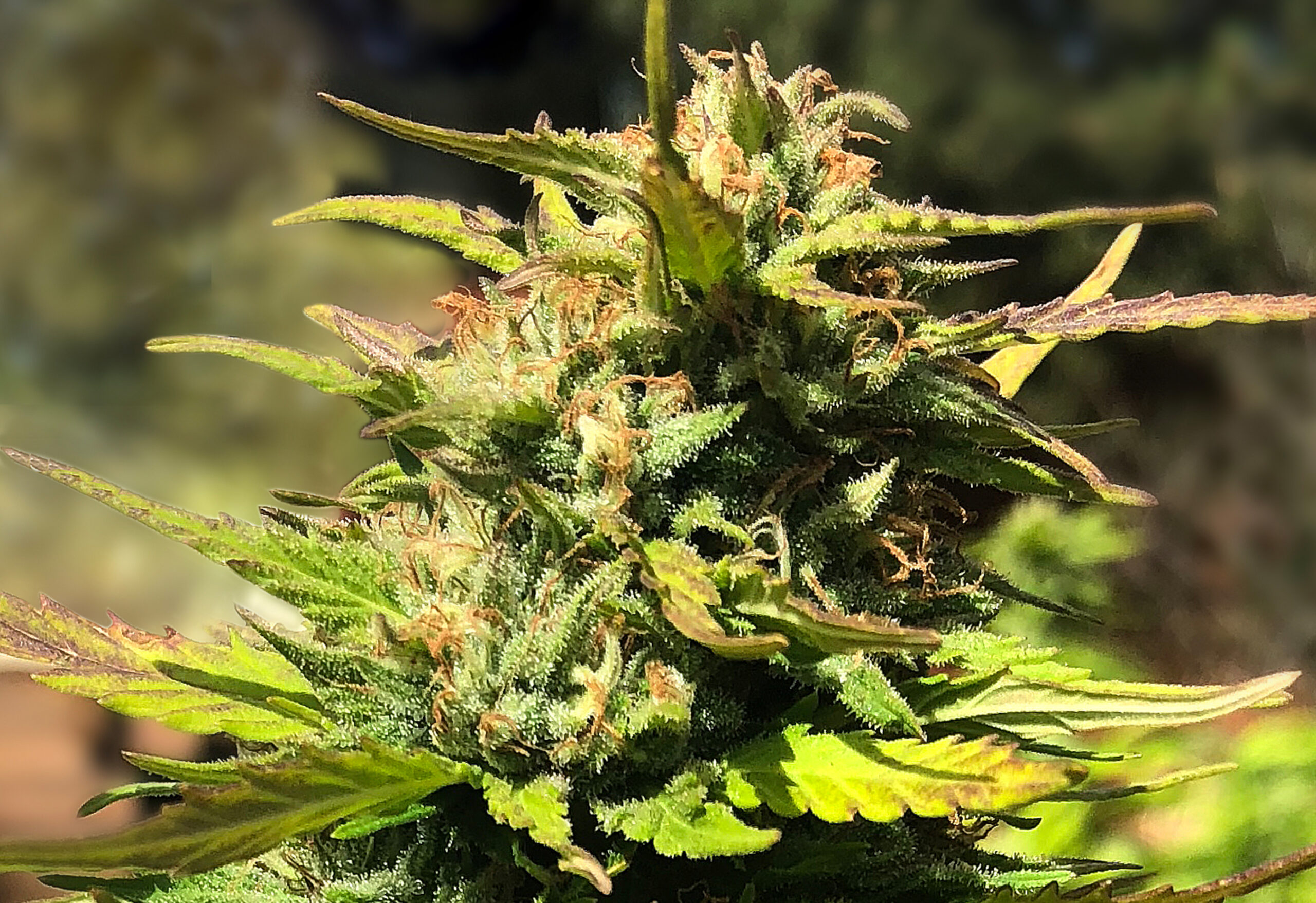
- •Plant hemp seeds in the spring
- •Grow to maturity in 3-4 months
- •Cut the plant at the base where the stalk meets the ground
- •Separate the flowers from the stalks and leaves
- •Trim the flowers and remove any fan leaves
- •Hang upside down and dry for 6-10 days in a dark room with temperature between 65º-75º degrees Fahrenheit and humidity at 45-55%.
- •Once dried, tumble trim to remove and collect any additional loose leaves
- •Cure the flowers in a glass container in a dark room for 30-90 days. Open the container bi-weekly for 15 minutes to let air circulate
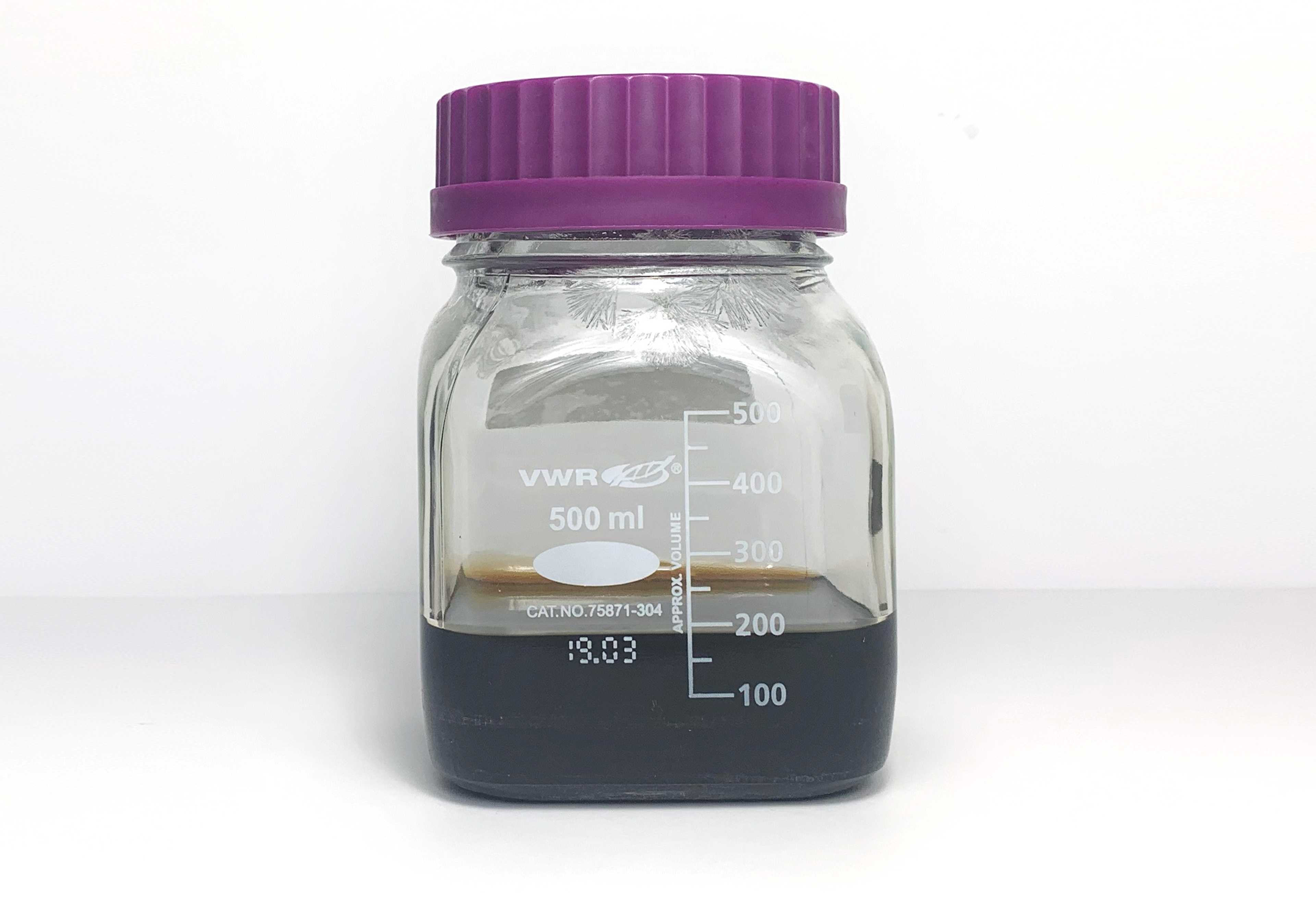
- •Dried hemp flowers are placed into a grinder and broken down to small pieces.
- •The broken down hemp flower is loaded into a extraction vessel.
- •CO2 gas infuses the plant matter (CO2 is the soluble medium that separates the plant compounds).>
- •Technicians adjust the temperature, pressure, and time to extract certain cannabinoids.
- •Pure hemp extract oil is then deposited into a collection vessel and moved to the formulating phase.
- •Separately heat the pure hemp extract oil and carrier oil to 145º degrees Fahrenheit.
- •Remove from heat and combine the two.
- •Mix very well and be sure to not leave any hemp extract mass.
- •Cool down to room temperature then use where applicable.
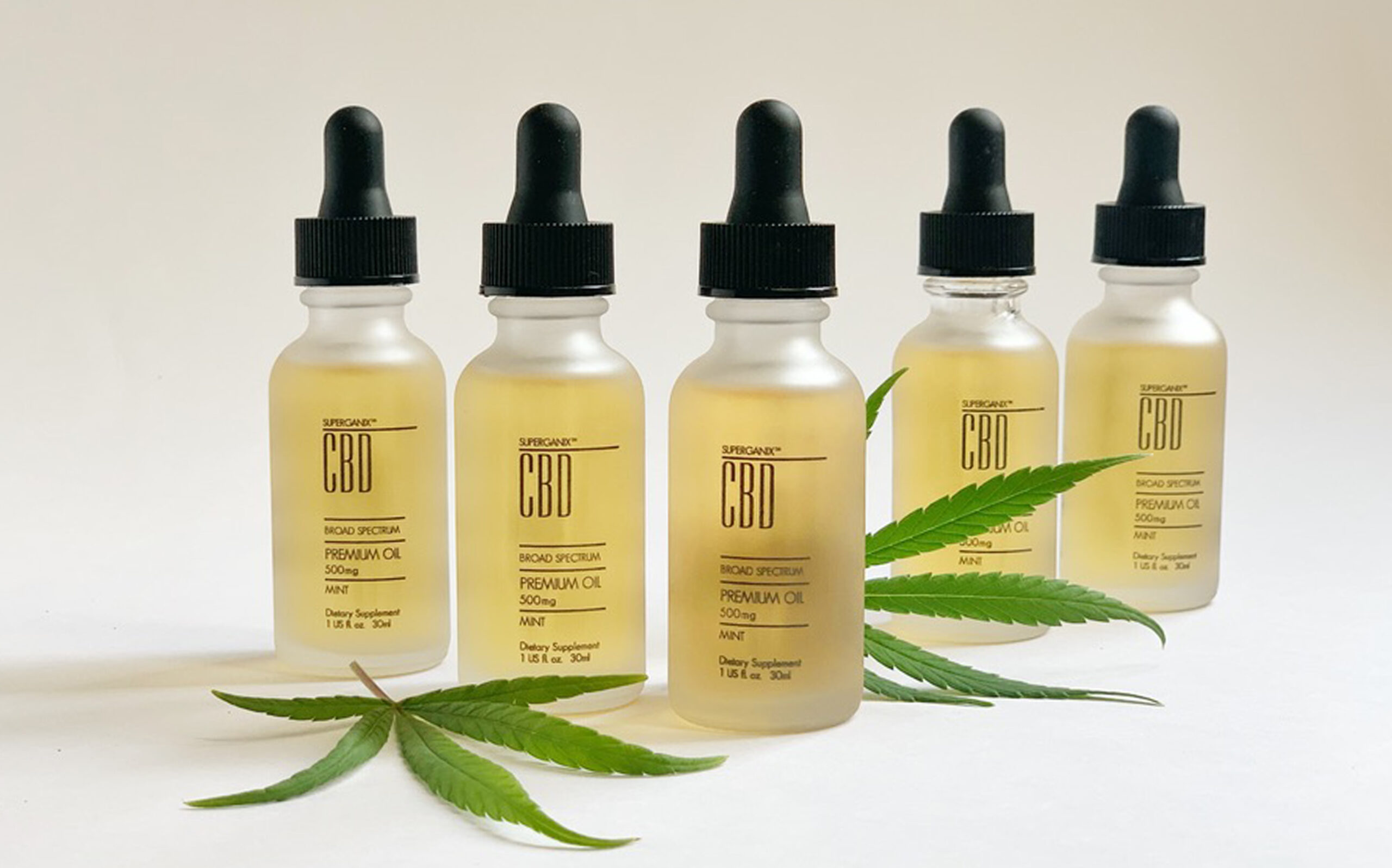
The Benefits of Growing Hemp
Depending on the strain and quality of the hemp grown, there are several benefits to growing this crop. In addition to being a low-cost, high-yield farming option, here are a few other great reasons to grow hemp.
Hemp is:
- More durable and cost-efficient fabric than cotton
- Cheaper construction material alternative
- A fantastic source of protein and offers other health benefits
- Grown in diverse regions with little resources
- Incredible for water conservation
- Excellent business returns for farmers
- High demand and yields even more profits in the coming years
- A sustainable, low-cost fuel option (biodiesel)
- Paper alternative that is more cost and environmentally efficient
- Benefits to both nutritionally and economically
Hemp’s Global Market Statistics
